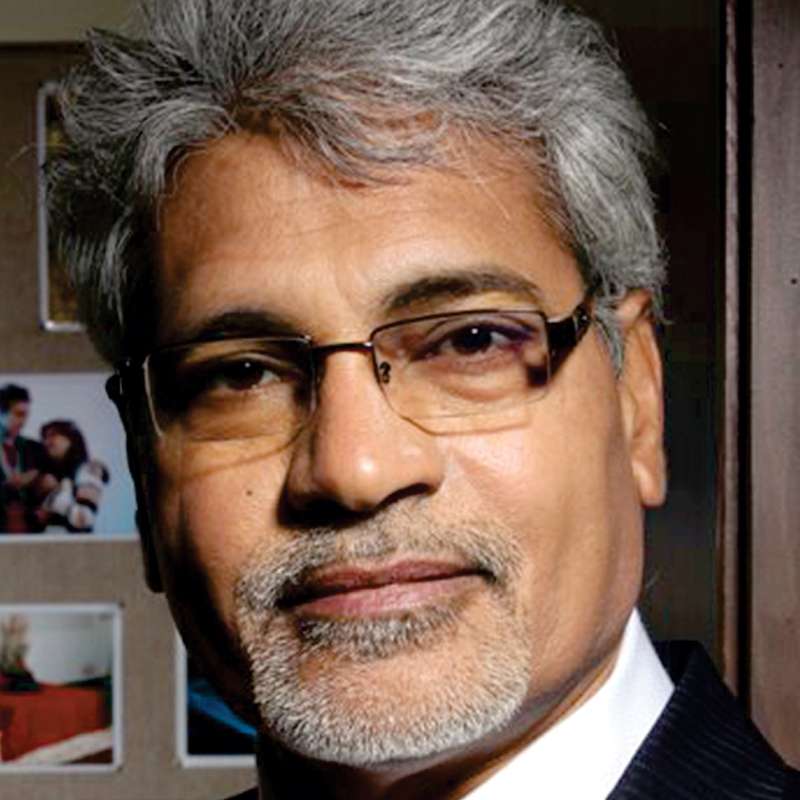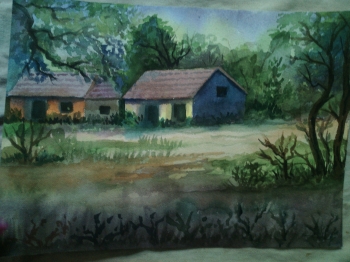
When you go to places like Akshardham, can you make out the differences in each painting? Do you ever wonder about the varied stories they tell? Do you like to gain knowledge about the life our ancestors used to live? I mean your great-grandfather's father and his wife? What if that was a kind of life you lived in your previous birth?
Recently I was watching a movie Rang Rasiya, based on the life of a famous painter of colonial times, Raja Ravi Varma. Being a Bollywood flick, the genre of the movie was romance, but I could not help noticing how the old traditions had been portrayed. I was exhilarated, so I went on to read more about the life of Raj Ravi Varma and came across his astonishing paintings online. Most paintings were based on the women of the 19th century, showcasing their living styles and responsibilities. Some women were holding their kids or playing musical instruments. While I guess in a few of them he tried to exhibit the plain beauty of a woman.
It is though not a new thing in cinema. Many story writers have emerged throughout the century, who in their stories depict the traditional values of India. Movies like Jodha Akbar, Mugal-e-Azam, Amarpali are one of them.
India, earlier known as The Golden Bird, has been a favourite spot for migration by various foreign forces. Persians, Arabs, Turks, British, all have left their prominent mark on the land of India. This led to the mix-up of traditions and cultures, which still exist. Every state has a varied attire, language and beliefs which is undoubtedly overwhelming.
Indian Traditional Paintings are appreciated throughout the world for their distinct styles or the different stories behind them. Contemporary artists have continued to excel in their works to keep us in touch with the old traditions.
- Rock Paintings: The earliest amongst Indian paintings are rock paintings. They serve as a connection to our forbearers. Majority of them describe the Buddhist culture. Rock paintings are usually known as “cave paintings” are the ones found on cave walls or ceilings. The murals of Ajanta and Ellora in Maharashtra have been infamous for them. Some theories tell those cave paintings could have been a way of communication while others deduce a religious or ceremonial aspect of them.
- Mughal Paintings: You must have read a lot about Mughals in your history books. A mixture of Persian, Indian and Islamic styles, Mughal paintings bring out a wide tourism aspect in India. They reflect the battles, courts, receptions and other exceptional stories between the 16th century and 19th century. The Victoria and Albert Museum of London displays an impressive and enormous collection of Mughal Paintings. They emerged at the time of Mughal emperor, Humayun. He had brought Persian artists along with him. Their art got influenced and led to the abundance of Mughal paintings of India. But gradually, around the rule of Aurangzeb, there was a decline as he did not pay attention to their growth. This led to another revolution of paintings called the Rajput Paintings.
- Rajput Paintings: They originated in parts of Rajasthan in the late 16th and early 17hth century. The similarities can be seen between Mughal and Rajput paintings as Mughals ruled major parts of Rajasthan during that time. The main theme of Rajput paintings was Great epic s like Ramayana and Mahabharata. Often they revolved around the life of Lord Krishna. In others, they portrayed the landscapes or humans. Walls of palaces and inner chambers of many forts illustrate Rajput paintings. Udaipur and Jaipur are the places to visit for the Rajput art lover. The paint colors used are made of minerals, plant sources, conch shells, precious stones, etc..
- Miniature Paintings: These paintings evolved in Western Himalayas, in about 17th century. They are alluring and colorful handmade paintings, though small in size. Their unique selling point is the precise and delicate brushwork, which gives them an outstanding identity. Their theme comprises of the musical codes of Indian classical music, “Ragas”. Persian traditions were introduced by Mughals in miniature paintings of India and the art flourished to quite an extent.
- Madhubani Paintings: Originated in a small village, Maithili of Bihar, Madhubani paintings exhibit the thoughts, hopes and dreams of women. Initially, Women in the village themselves drew these paintings on the walls of their homes but soon enough they became a part of festivals and special events like marriage. Gradually, they gained recognition as connoisseurs of art even at the international level. Indian Maithili paintings use three-dimensional images and plant-made colors. Their themes, a lot like Rajput paintings, revolve around deities and mythological events. Some of their natural themes include the Sun, the moon and religious plants. Flowers, animals and birds are filled up in the painting if any empty space remains. Brushes used were made of cotton, wrapped around a bamboo stick.
These categories are only a few, basically, the ones which got more of my attention. You could look for such paintings online and know the other distinguished artistic styles as well. It’s about time for me to go and buy one of such paintings to hang in my living room.





















